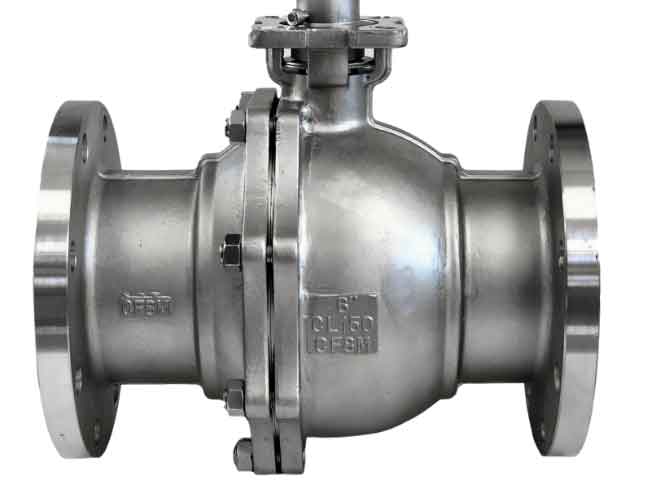
Ball valves offer several advantages that make them a popular choice for flow control in various industries. Here are the key advantages of ball valves:
- Versatility: Ball valves can handle a wide range of fluids, including gases, liquids, and slurries. They are suitable for various media, such as water, oil, chemicals, steam, and corrosive substances. This versatility makes them applicable in diverse industries and applications.
- Quick Operation and On/Off Control: Ball valves provide rapid quarter-turn operation, allowing for quick opening or closing of the valve. This feature is beneficial in situations that require immediate shut-off or fast response to changing process conditions.
- Excellent Shut-off Capability: Ball valves offer reliable and tight shut-off, ensuring minimal leakage when in the closed position. The full port design allows for unobstructed flow when the valve is fully open, minimizing pressure drop and enhancing shut-off performance.
- Low Pressure Drop: Full port ball valves, in particular, have a larger bore compared to reduced port valves, resulting in lower pressure drop across the valve. This characteristic is advantageous in applications where maintaining high flow rates and minimizing energy consumption are crucial.
- Wide Range of Sizes and Pressure Ratings: Ball valves are available in a wide range of sizes, from small to large diameters, allowing for compatibility with various pipeline systems. They can also withstand high-pressure applications, making them suitable for systems with demanding pressure requirements.
- Durability and Longevity: Ball valves are known for their robust construction, which contributes to their durability and long service life. The ball and valve body materials are often chosen for their corrosion resistance and mechanical strength, ensuring reliable operation even in harsh environments.
- Ease of Operation and Maintenance: Ball valves are relatively simple to operate, requiring only a quarter-turn of the handle or actuator to open or close the valve. They also offer low torque requirements, making them easy to operate manually or with actuators. Additionally, ball valves generally have fewer internal components, simplifying maintenance and reducing the risk of failure.
- Wide Temperature and Pressure Range: Ball valves can handle a broad range of temperatures and pressures, depending on the chosen materials and design. They are available in high-temperature and high-pressure variants, allowing for application in demanding industrial processes.
- Good Resistance to Contamination: The ball and seat design of ball valves minimizes the accumulation of debris, preventing clogging or damage to the valve. This feature is particularly beneficial in applications with particles or solids present in the fluid flow.
- Suitable for Automation: Ball valves can be easily automated with various types of actuators, such as electric, pneumatic, or hydraulic actuators. This enables remote operation and integration into automated control systems, enhancing process efficiency and control.
Overall, ball valves offer versatility, reliability, and excellent shut-off capabilities, making them a preferred choice for many flow control applications. Whether it’s for industrial processes, pipelines, or HVAC systems, ball valves provide efficient and dependable fluid control solutions.
